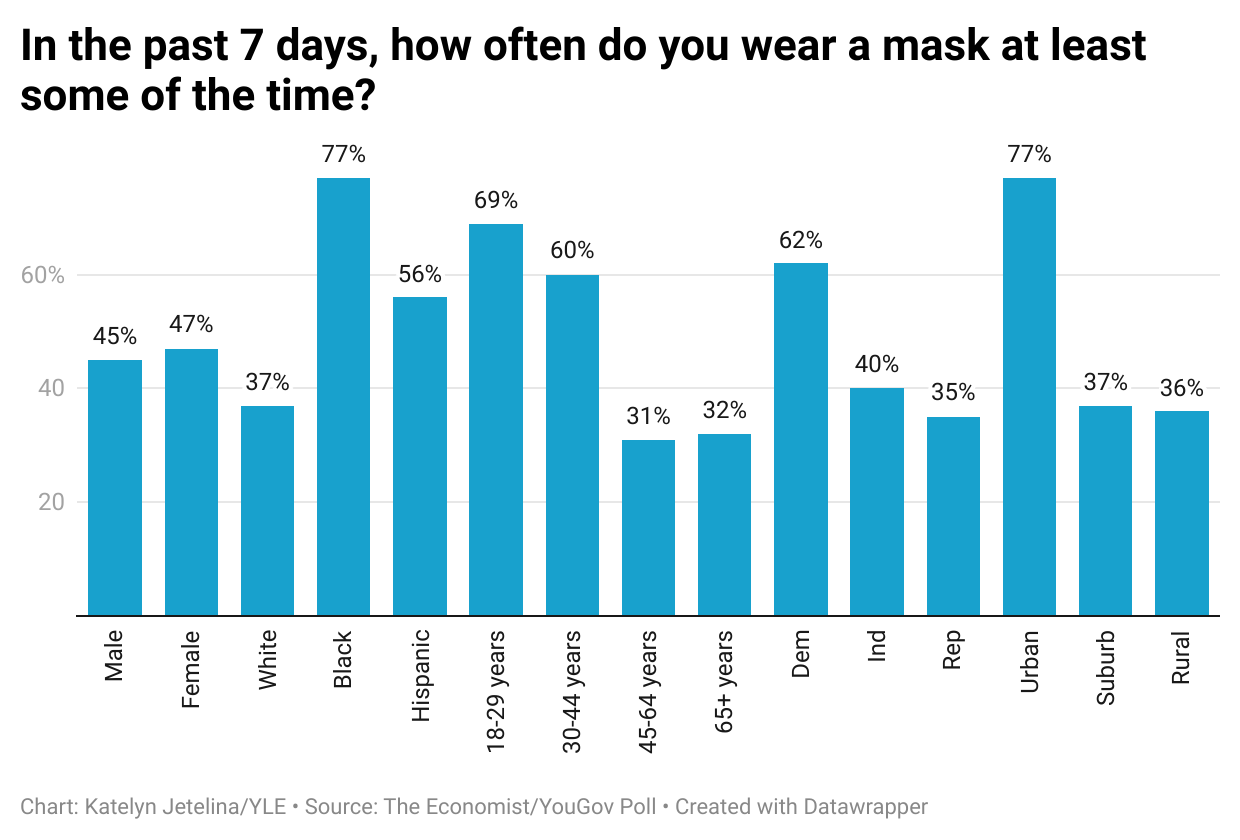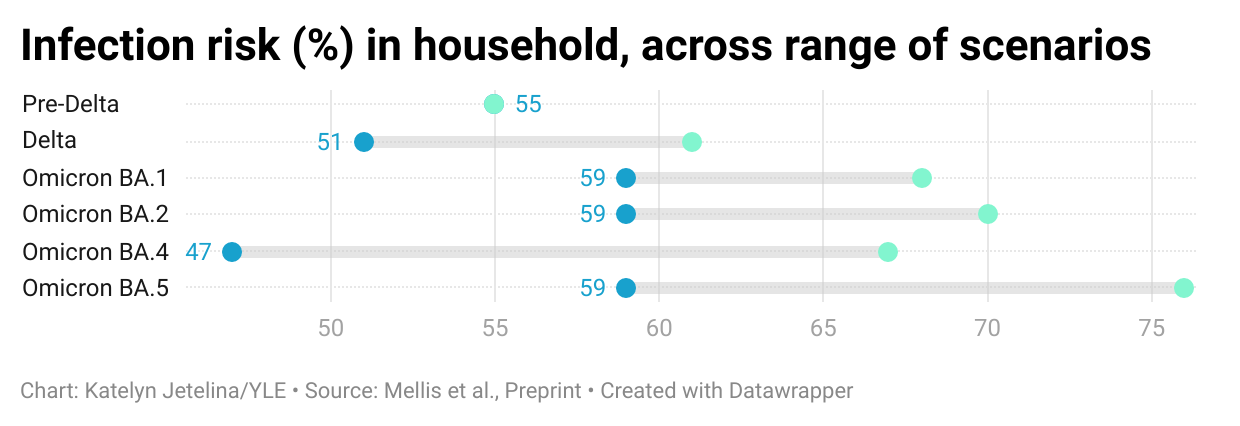We survived the end of the public health emergency. Here’s the state of affairs.
Surveillance
SARS-CoV-2 is nosediving across all metrics in all regions of the U.S.: hospitalizations, deaths, emergency room departments, and wastewater. Wastewater is still higher than in 2020 and 2021, though.
We’ve been hitting new lows in death counts, too. In fact, excess deaths are hovering at only ~1% above pre-pandemic rates (at the height of the pandemic we were at 47%). In other words, things are looking good right now.
It will be interesting to watch what happens this summer, as the South has consistently faced a COVID-19 wave. Most scientists (including me) are betting that we will continue to see wavelets, at least until winter.
Virologists continue to identify “cryptic lineages” in wastewater, though. These are highly mutated COVID-19 variants that randomly pop up on our radar. The latest (right below) was detected ~12 hours ago. None have taken off yet, but are a lingering reminder that a variant of concern could be brewing in the background. We still have many unanswered questions about cryptic lineages: What is the health status of the person? Do they have long COVID? Where in the body is the virus replicating?

Noteworthy COVID-19 news
Indoor air quality. Up until now, the CDC recommended that we “improve ventilation” to reduce transmission. But by how much? Well, for the first time, CDC set minimum ventilation targets for indoor spaces: 5 air changes per hour. This may sound like boring news, but it’s huge for public health. Not just for viruses but health overall. While this standard isn’t mandatory, you should follow up with your business, school, place of worship, etc. to ensure it’s being met now.
Fall boosters. The WHO officially recommends a monovalent (one strain) booster that targets XBB—an Omicron subvariant—this fall. Countries don’t have to follow suit. (The U.S. chose a different vaccine formula than WHO recommended last year, for example.) A big FDA meeting is coming in June to discuss the U.S. plan.
Mask usage. Polling on May 6-9 found 46% of respondents wore a mask at least some of the time in the past 7 days. Just looking outside, I was surprised about this statistic, but probably because I’m white and in the suburbs, two groups with the lowest rates. We really need to improve masking among older adults, especially in times of high transmission.
Potential relief for immunocompromised. AstraZeneca is on track for an Evushield replacement. Their Phase III clinical trial is showing promising results. An emergency use authorization “could be here by the second half of this year.”
Interesting science updates
Changes in transmission. The risk of household transmission is increasing as Omicron continues to mutate. In addition, expect to get infected ~1 day quicker than before (average 4 days). Infection risk continues to be higher among unvaccinated versus vaccinated people.
Missed opportunity. COVID-19 vaccinations rates among children are abysmal. One study found that if we reached flu vaccine coverage levels over this past winter, we could have prevented 10,019 pediatric hospitalizations and 5,448,694 days of school absence for COVID-19. Better luck next year?
Risk of long COVID after second infection. Risk of long COVID decreases after second infections, but is not zero. A new preprint found the risk of long COVID after a second infection is 1 in 40 for those over 16 years old and 1 in 165 for those under 16 years old. (As a comparison, the annual risk of getting into a car accident is 1 in 30 and the annual risk of permanent impairment is 1 in 700.)
What’s next?
We are in for a few quiet weeks (or months? who knows). In June, we should have clarity on the fall COVID-19 vaccine plan in the States. Stay tuned.
Love, YLE
“Your Local Epidemiologist (YLE)” is written by Dr. Katelyn Jetelina, MPH PhD—an epidemiologist, data scientist, wife, and mom of two little girls. During the day she works at a nonpartisan health policy think tank and is a senior scientific consultant to a number of organizations, including the CDC. At night she writes this newsletter. Her main goal is to “translate” the ever-evolving public health science so that people will be well equipped to make evidence-based decisions. This newsletter is free thanks to the generous support of fellow YLE community members. To support this effort, subscribe below:








I would love a tutorial on how and where to read wastewater data. Since the PHE is over, I've lost my usual data for cases/hospitalizations.
Thanks as always for the update!!
Thank you, thank you for reliable information when so little public information is available. It helps senior citizens make decisions re: risk assessments.